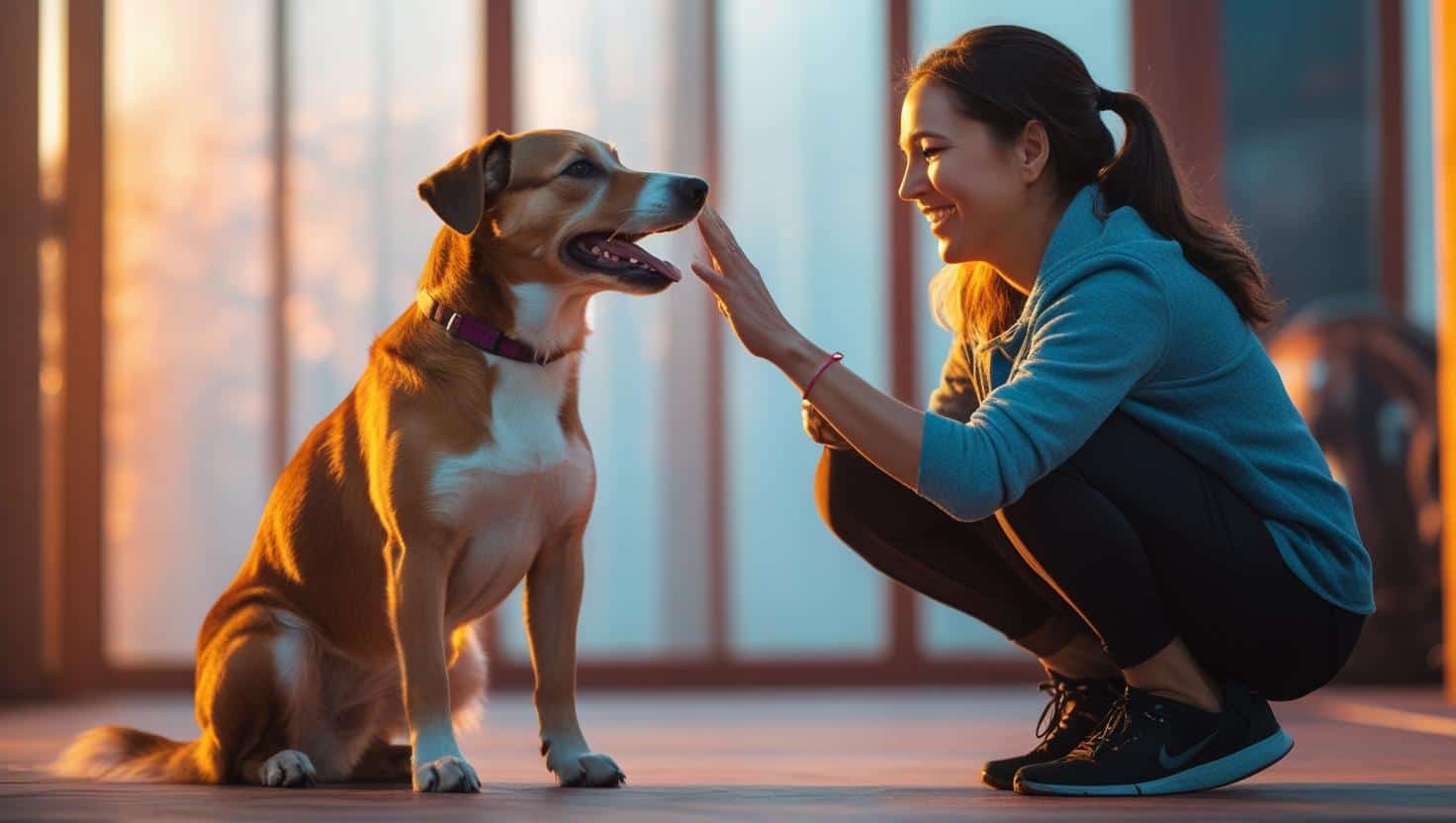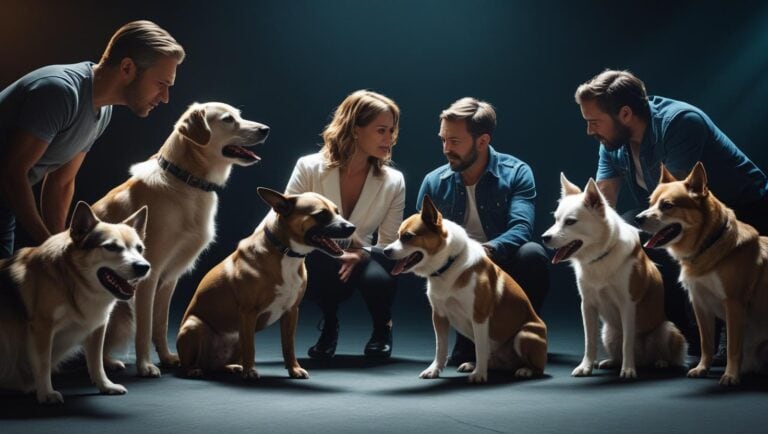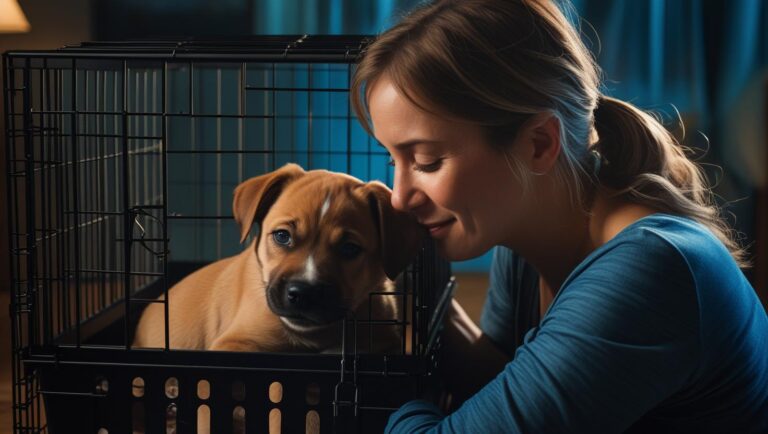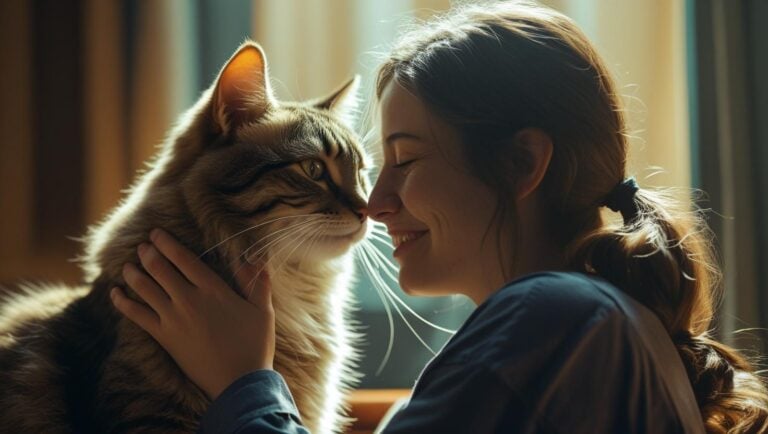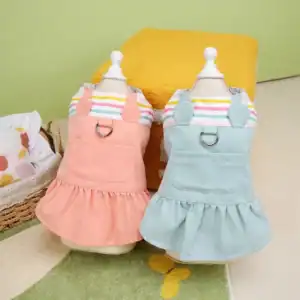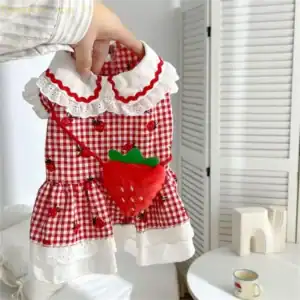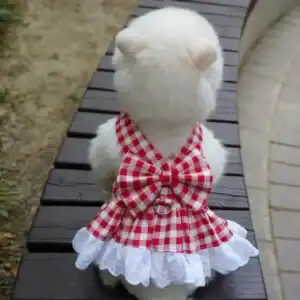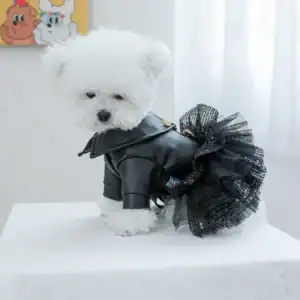Training Tricks to Teach Your Do
Using positive reinforcement to teach your dog new tricks at home opens the door to better communication, stronger trust, and more fun together. Positive methods don’t just help dogs learn new skills; they also build confidence and deepen the connection you share. Whether you’re a seasoned dog trainer or trying Tricks to Teach Your Dog at Home for the first time, the following tips and step-by-step guides will help you celebrate small wins while making learning a joy for you and your furry friend.
Getting Started: Foundations of Positive Trick Training
Before teaching any tricks, set the right stage. Dogs thrive on encouragement and clear signals. Begin by selecting rewards your dog truly values. For most pups, tasty bits of chicken, turkey, or soft commercial treats are the best options. If your pet prefers toys or affection, use those as motivation.
Set up a distraction-free space—living rooms, backyards, or any quiet area will do. Minimize noise and clutter, so your dog can focus on you. Every dog is unique. Some are excitable, while others are more cautious. Adjust your training style to your dog’s pace and mood.
Structure training in short sessions, about 5–10 minutes, and end before your dog loses interest. Positive reinforcement, in the form of treats, toys, or verbal praise, given immediately after your dog gets something right, cements learning, according to research on positive reinforcement training.
What Makes Training at Home Successful?
Success starts with consistency. Use the same cues and rewards every time. Routines help dogs understand what’s expected. Be patient—progress rarely happens overnight. Set realistic goals and cheer for every effort, not just perfection.
- Consistency: Use the exact words, tone, and gestures.
- Patience: Celebrate every step, no matter how small.
- Realistic expectations: Aim for progress, not instant results.
Mistakes happen, and that’s okay. Praise the try, reset, and offer another chance. With time, the right approach will bring results.
Tools and Treats: Essentials for Effective Training
Photo by Blue Bird
Having the right accessories streamlines training. A clicker is excellent for marking the exact moment your dog does what you want. Lightweight leashes provide gentle guidance. Keep your dog’s favorite soft treats or kibble handy for quick rewards.
How to get the most from treats and praise:
- Give treats within seconds of the correct behavior.
- Use a happy, upbeat voice for praise.
- Mix it up with petting or toys to keep your dog guessing (and motivated).
For more, see this overview of positive reinforcement dog training.
5 Easy Positive Tricks to Teach Your Dog at Home
Let’s jump into practical, simple Tricks to Teach Your Dog at Home. These five tricks use positive reinforcement, keep your sessions upbeat, and help build a foundation for more advanced learning.
Sit and Stay: Essential Obedience as a Trick
Teaching sit is usually the first trick, and for good reason. It’s easy, quick to learn, and forms the base for more skills.
- Hold a treat close to your dog’s nose.
- Slowly move your hand up. Your dog’s bottom will naturally lower as they follow.
- As soon as your dog sits, say “Yes!” and give the treat.
- Repeat a few times, then add the word “Sit”.
To teach stay:
- Ask your dog to sit.
- Hold your palm in front of their face, say “Stay,” and take a small step back.
- If your dog stays, reward them. Gradually increase the distance.
- If they break the stay, gently reset and try again.
Troubleshooting common challenges (like distracted pups) can be found in extensive guides such as this list of Fun and Easy Tricks to Teach Your Dog.
Paw/Shake: Building Engagement and Focus
The “paw” or “shake” command fosters focus and interaction. Here’s how to teach it:
- Ask your dog to sit.
- Hold a treat in your closed hand near their paw.
- Wait. When your dog paws at your hand, say “Yes!” or click, then open your hand and give the treat.
- After a few rounds, add the cue word “Paw” or “Shake”.
- Offer your hand, palm up, and reward as soon as your dog places their paw in it.
To cement the trick, practice when your dog is calm and eager for your attention.
Spin: Adding Fun and Movement
Spin combines energy and attention. Dogs love it as much as people love watching.
- Hold a treat near your dog’s nose.
- Slowly move your hand in a circle. Let them follow.
- When your dog completes the circle, mark it (“Yes!” or click) and give the treat.
- Add the cue word “Spin” as your dog gets the hang of it.
- Gradually, use the cue with less hand movement and fewer visible treats.
For creative variations (like “spin” and “around the world”), visit this roundup of popular dog tricks on Reddit.
High Five: A Crowd-Pleaser for All Ages
A high five builds on the paw trick and adds a dash of showmanship.
- Get your dog comfortable with paw/shake first.
- Hold a treat just out of reach, above their paw.
- Say “High five!” While your dog reaches up, open your hand to meet their paw.
- Immediately praise and reward.
- Raise your hand higher as your dog improves to encourage an absolute high-five motion.
High-fives work well with kids and make every training session a little more playful.
Play Dead: A Fun and Impressive Trick
Play dead is charming and tests your dog’s focus.
- Ask your dog to lie down.
- Hold a treat by their nose, then move it slowly to the side so your dog rolls onto one hip.
- Say “Bang!” or “Play dead” as they roll onto their side.
- Reward generously and keep sessions light-hearted.
Please keep your dog motivated by using their favorite treats, offering frequent breaks, and providing plenty of praise. For inspiration and demonstrations, you can find a variety of trick training videos in this helpful playlist of dog trick tutorials.
Conclusion
Positive reinforcement transforms dog training into a partnership built on trust and fun. The Tricks to Teach Your Dog at Home can make everyday interactions brighter, improve communication, and increase your dog’s confidence. Remember to keep sessions upbeat and brief, always use rewards your dog loves, and celebrate each step forward. Regular practice and lots of praise will make learning part of your day-to-day life together—creating an enriching experience for both you and your best friend.

